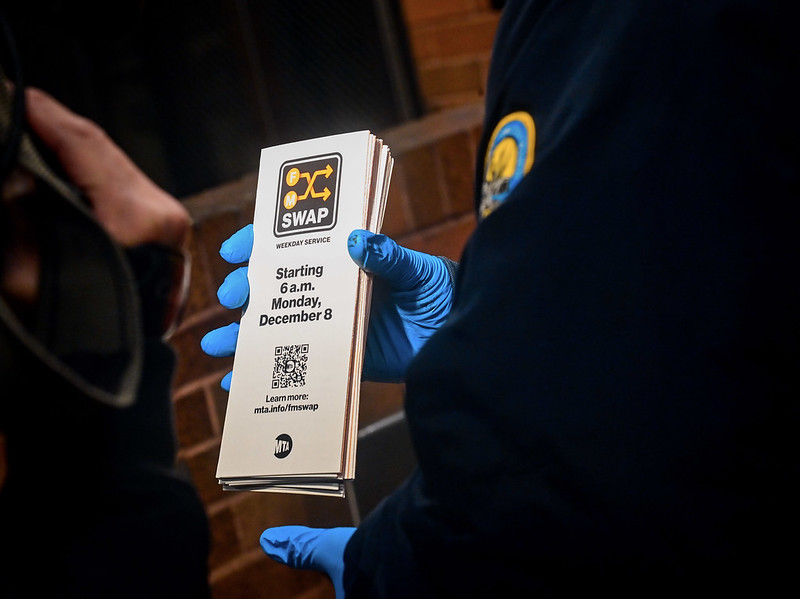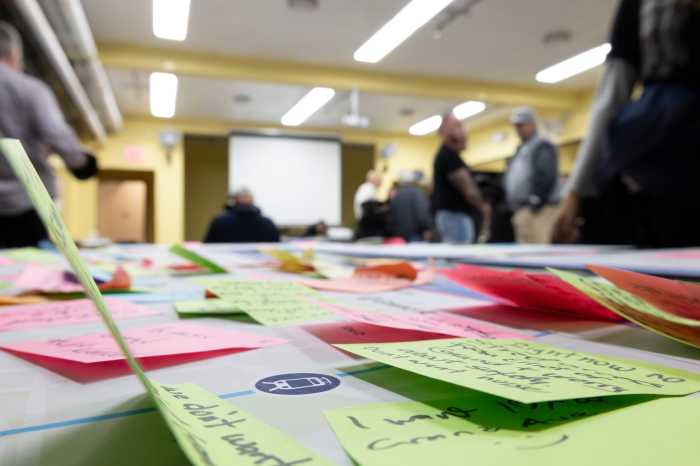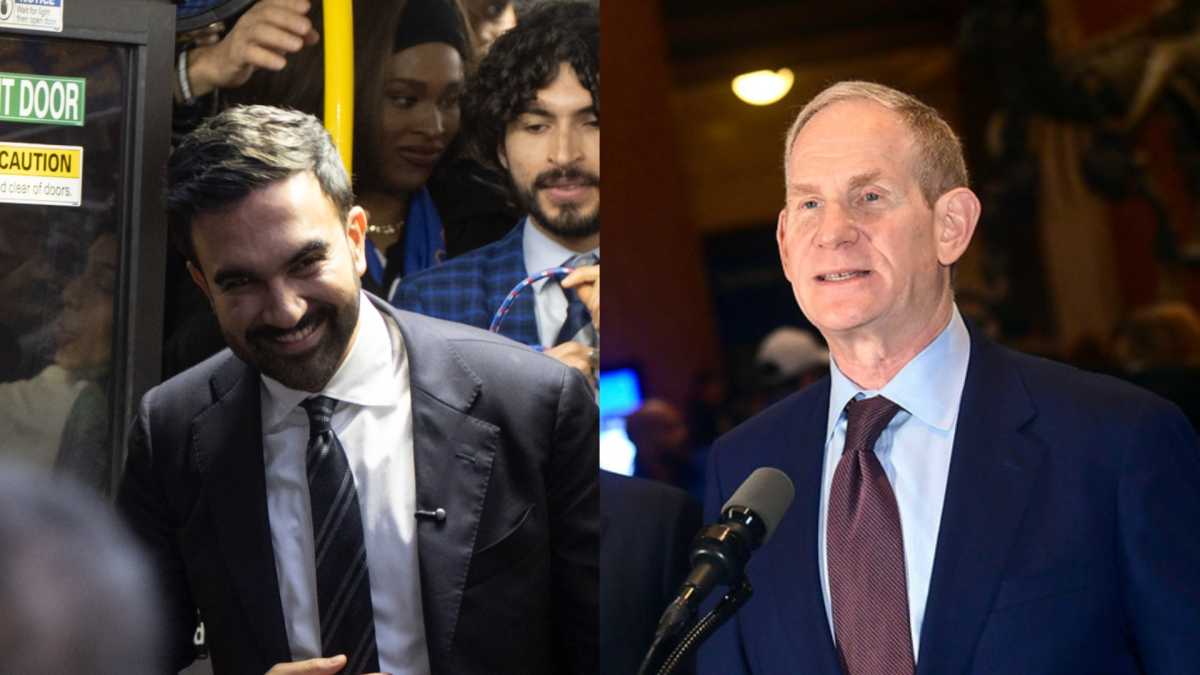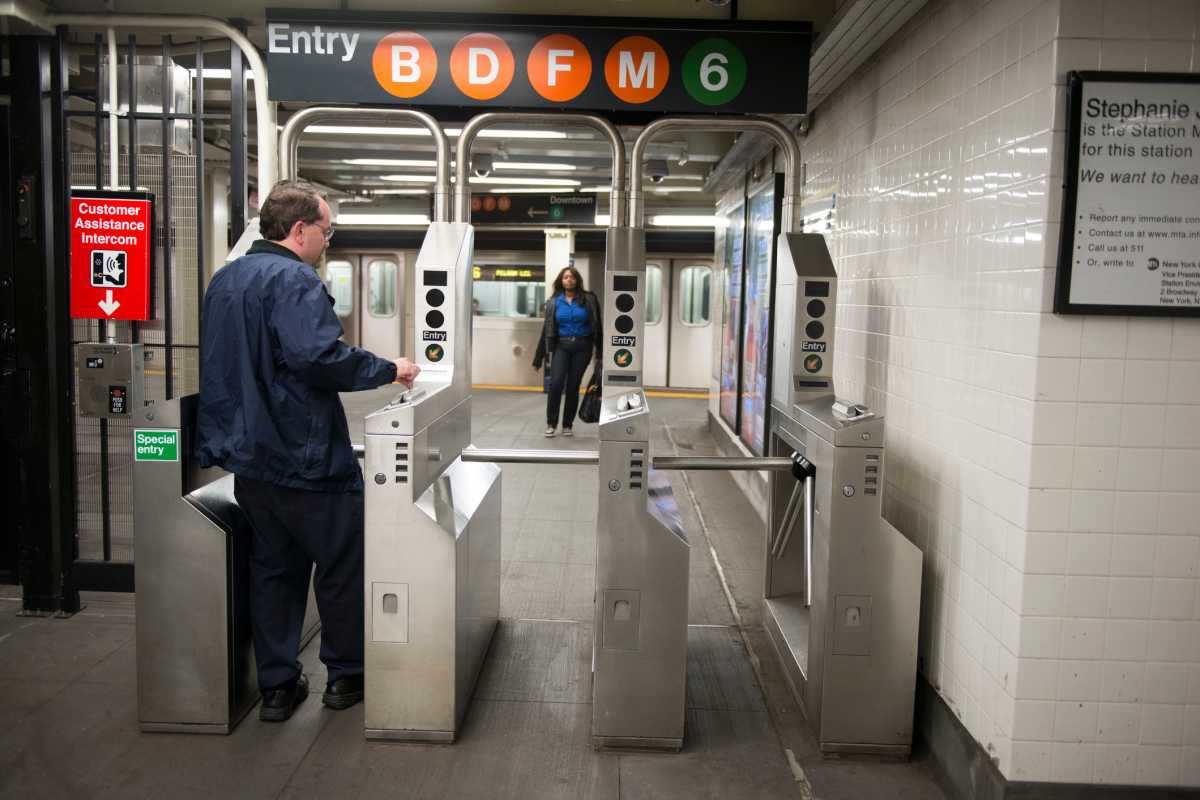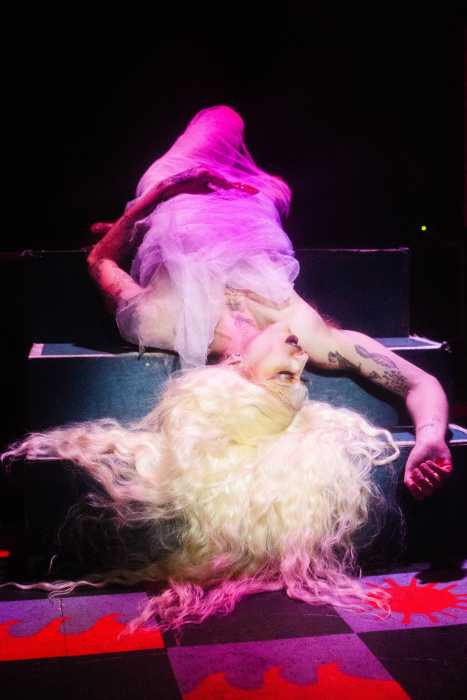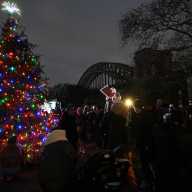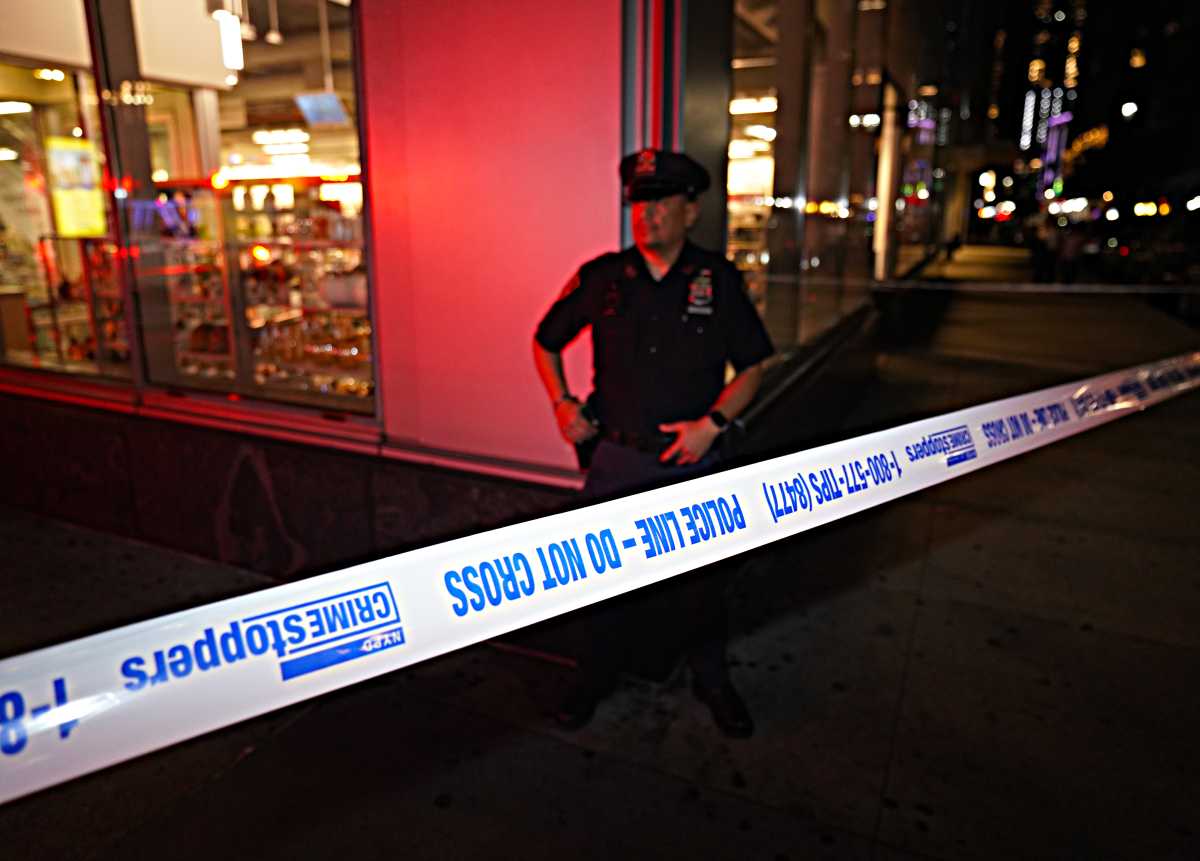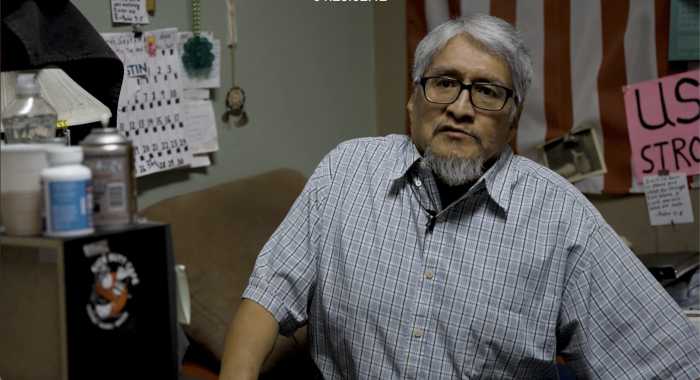Mayor Bill de Blasio announced a plan today that would tax the city’s wealthiest New Yorkers to fund an MTA system that is plagued with delays and in need of many repairs.
The plan, which is similar to Queens Senator Michael Gianaris’ Better Trains, Better Cities legislation, would increase the city’s highest income tax rate by 0.534 percent to 4.41 percent for individuals making more than $500,000 and couples making more than $1 million.
In a press conference to announce the plan, De Blasio said the tax amounts to $2,700 more per year and about $7 a day for the wealthiest New Yorkers. This would affect about $32,000 residents or .8 percent of the city’s population.
The tax is projected to raise $700 million in 2018 and rise to $820 million a year by 2022. De Blasio said that Gianaris and Assemblyman Danny O’Donnell would include in the legislation language that would require the MTA to only use the money for capital projects like signal improvements, new cars and track maintenance. The dedicated revnue would also fund Fair Fare.
The initiative would allow adults at or below the poverty line to purchase subway cards at a reduced price. This $250 million program would apply to 800,000 New Yorkers, the mayor said.
“Rather than sending the bill to working families and subway and bus riders already feeling the pressure of rising fares and bad service, we are asking the wealthiest in our city to chip in a little extra to help move or transit system into the 21st century,” he said. “Instead of searching for a quick-fix that doesn’t exist, or simply forking over more and more of our tax dollars every year, we have come up with a fair way to finance immediate and long-term transit improvement and to better hold the State accountable for the system’s performance.”
Gianaris said he and his colleagues would be willing to call a special session to put the bill to a vote and argued this legislation is needed to provide relief to working New Yorkers who are finding it difficult to get to work or a doctor’s appointment on time.
“The state has been neglecting and under-funding the MTA for far too long,” he said. “How on earth can we justify further punishing the people who are already suffering?”
Gianaris told QNS that his constituents now routinely experience delays that can last more than two hours. He has spoken to some of Republican colleagues, who acknowledge that more funds are needed to improve the system but do not agree on how to do so.
“Everyone recognizes that we need an infusion of funds into the MTA to fix this ailing system and hopefully the momentum will continue to grow where we get something passed,” he said.
This new investment will add to an annual $1.6 billion in city funds for subways and buses and $2.5 billion in capital expenses in 2015 for major repairs.
But Governor Andrew Cuomo, who controls the MTA, argues that the legislation may take too long to pass and that the city should commit to match state funding. MTA Chairman Joseph J. Lhota stated that emergency funding was needed immediately to address problems.
“There’s no question we need a long-term funding stream, but emergency train repairs can’t wait on what the State Legislature may or may not do next year,” he told The New York Times.
Cuomo is proposing congestion pricing, which would add tolls to East River crossings like the Queensboro Bridge and making companies like Uber and Lyft pay fees below 60th Street in Manhattan.
https://twitter.com/emmagf/status/894322726130909185
The group Move NY, founded by former Department of Transportation Commissioner Sam Schwartz, argue that their Fair Plan would generate $1 billion in revenue to fund repairs and half-priced MetroCards for struggling New Yorkers.
At the press conference, de Blasio argued that it would be difficult to garner support for that type of plan among Republicans and that his plan may receive more support since it would only affect wealthy New Yorkers living in the five boroughs.


